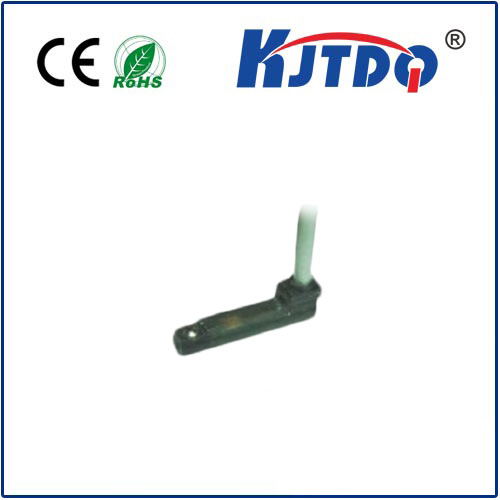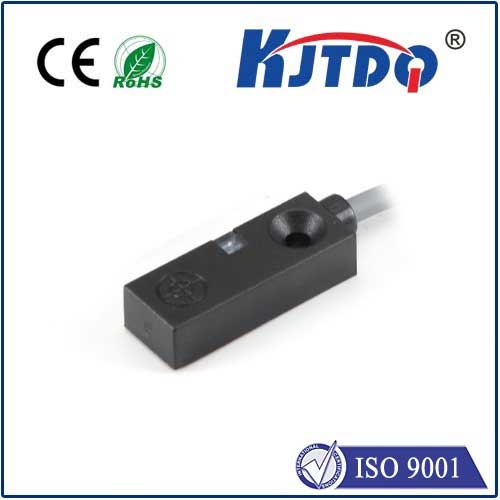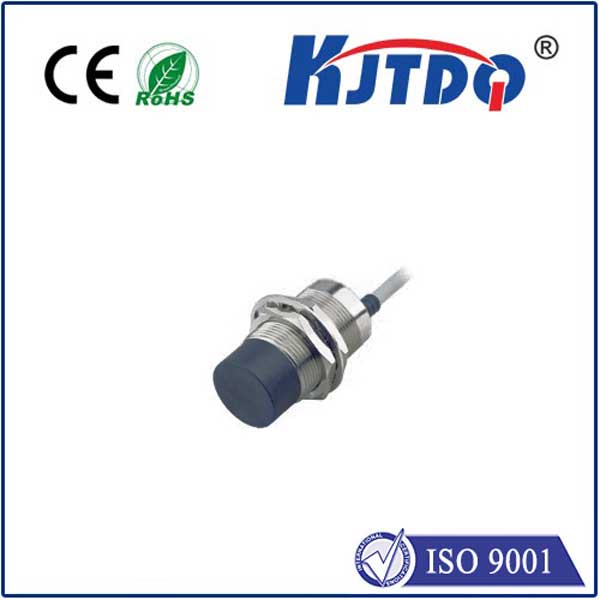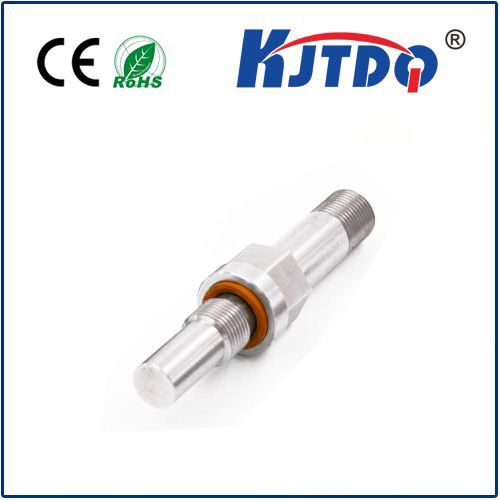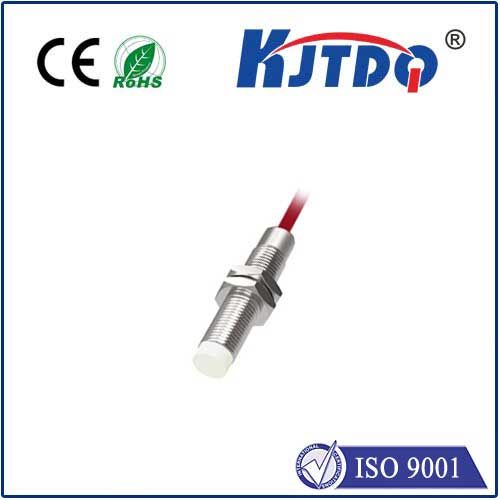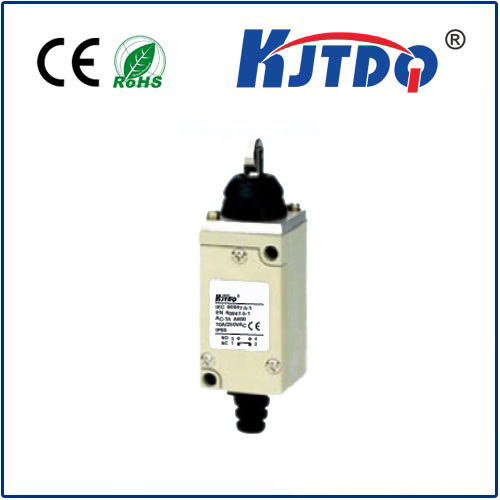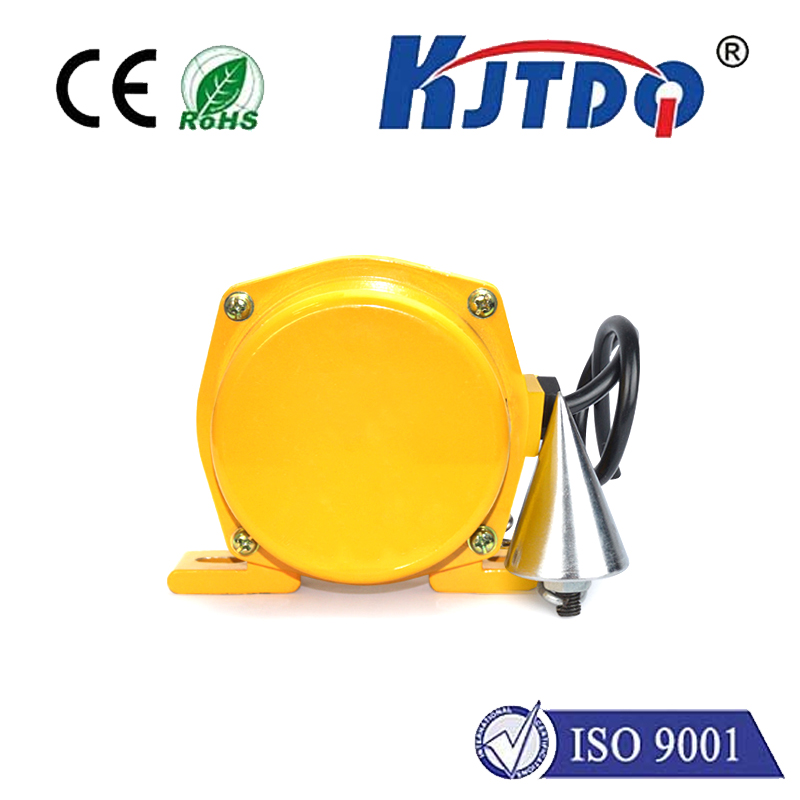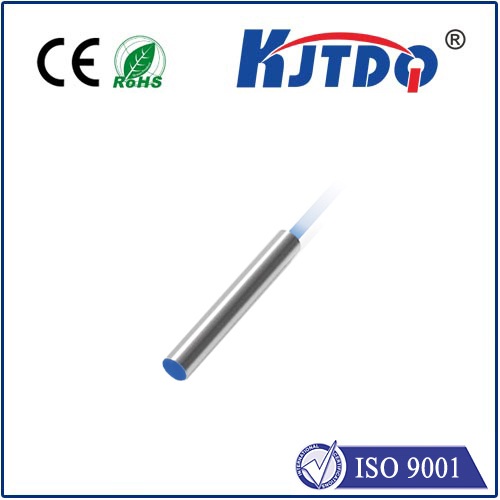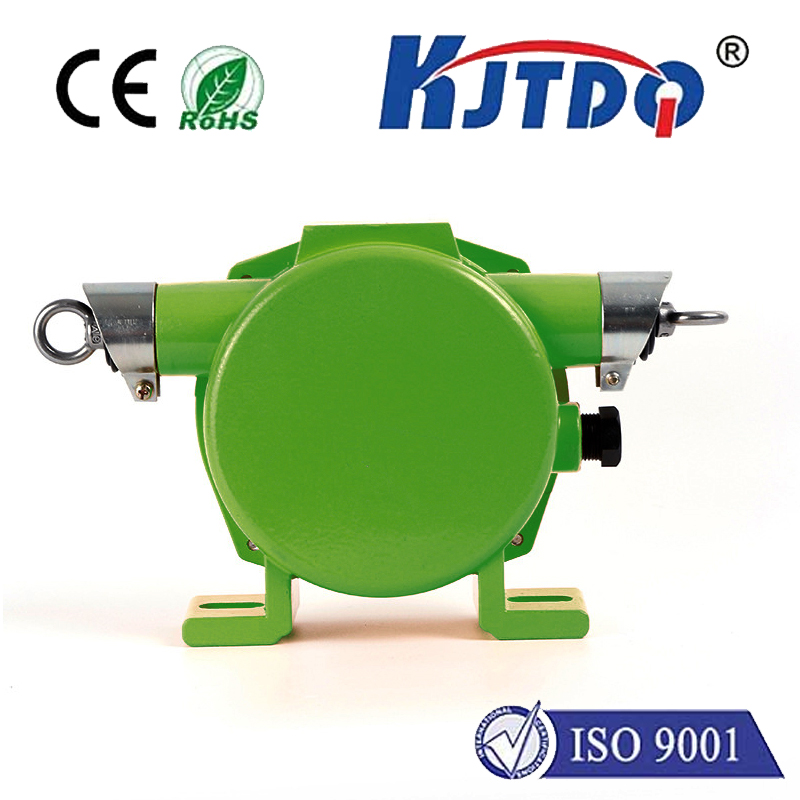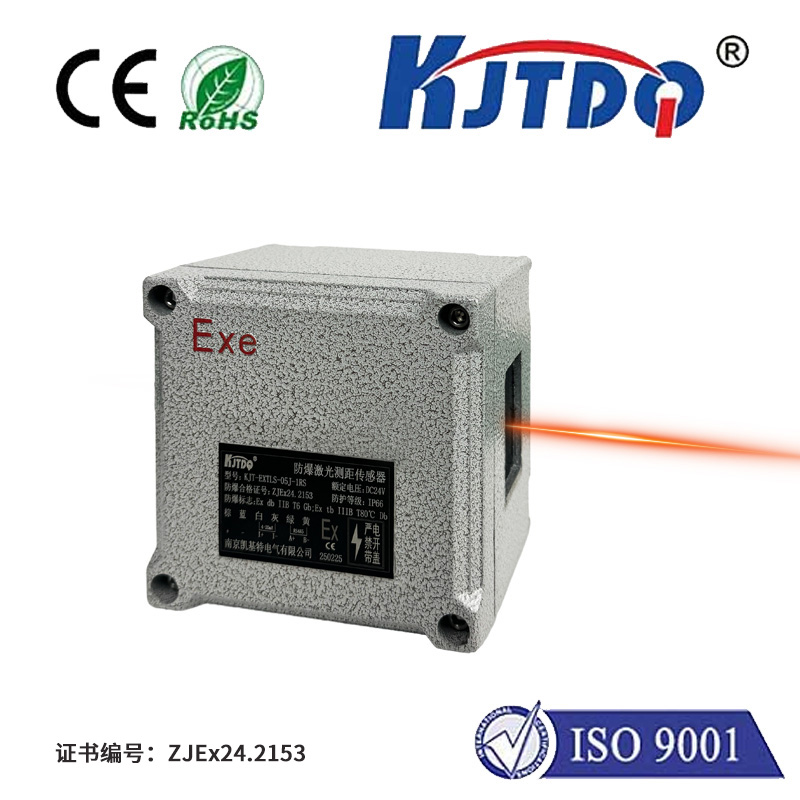extrinsic fiber optic sensor
- time:2025-08-15 03:31:28
- Нажмите:0
Extrinsic Fiber Optic Sensors: Illuminating Measurements Beyond the Fiber
Light. It travels vast distances almost instantly, carries immense information, and responds exquisitely to its environment. Harnessing this power for precise measurement is the domain of fiber optic sensing, and within this realm, extrinsic fiber optic sensors (EFOS) stand out as uniquely versatile tools. Unlike their intrinsic cousins where light within the fiber is modulated by the measured parameter, EFOS act as sophisticated intermediaries. Here, the optical fiber primarily serves as a light transmission conduit, delivering light to and from a specialized external element – the transducer – where the actual sensing magic happens. Understanding this distinct architecture unlocks a world of measurement possibilities in challenging environments.
The Core Distinction: Fiber as Pathway, Not Sensor
The defining characteristic of an extrinsic fiber optic sensor lies in its separation of functions. The optical fiber itself exhibits minimal interaction with the parameter being measured (like temperature, pressure, vibration, or chemical concentration). Its primary, crucial role is to efficiently guide light from a source (often an LED or laser) to the external sensing head and then carry the modified light signal back to a detector and processing unit.
This external sensing head is the heart of the EFOS. It’s meticulously designed to interact specifically with the target parameter. For instance:

- A miniature mechanical diaphragm might deflect under pressure, altering the gap in a Fabry-Perot interferometer cavity.
- A thin film coating could change its refractive index when exposed to specific gases.
- A bimetal strip might move a reflecting surface proportionally to temperature changes.
- Emissive materials can fluoresce or change luminescence properties under specific conditions.
The light delivered by the fiber interacts with this transducer. The interaction could involve changes in:
- Intensity: The amount of light reflected or transmitted back changes.
- Phase: The timing (wavelength peaks/troughs) of the light wave shifts.
- Wavelength: The color or spectral signature of the light alters.
- Polarization: The orientation of the light waves is modified.
This modified light signal is then collected by the same or another fiber and transmitted back for sophisticated analysis.
Why Choose Extrinsic Fiber Optic Sensors? The Compelling Advantages
The specific architecture of EFOS unlocks a set of advantages that make them indispensable in numerous demanding applications:
- Immunity to Electromagnetic Interference (EMI): Perhaps their most celebrated benefit. Constructed from dielectric materials like silica glass, EFOS are intrinsically immune to EMI and radio frequency interference (RFI). This makes them the sensor of choice in high-voltage environments (power transformers, generators), near MRI machines, or any area saturated with electromagnetic noise.
- Intrinsic Safety: They generate no sparks and carry very low optical power (no high currents/voltages). This inherent safety allows deployment in hazardous, explosive atmospheres (oil & gas refineries, mining, chemical plants) where traditional electronic sensors pose ignition risks.
- Miniaturization and Remote Sensing: The sensing head can be extremely small and lightweight, accessing confined or hard-to-reach spaces. Crucially, the fiber optic cable enables remote sensing over kilometers, placing the sensitive electronics (source, detector) safely away from hostile environments (extreme temperatures, radiation zones).
- High Sensitivity and Precision: Leveraging principles like interferometry, EFOS can achieve exceptionally high sensitivity and resolution for measuring parameters like pressure, strain (using Fabry-Perot or Fiber Bragg Grating (FBG) transducers) or minute chemical concentrations.
- Environmental Ruggedness: Silica fibers are resistant to corrosion from harsh chemicals and can withstand high temperatures (especially with special coatings/jackets), outperforming many electronic sensors in extreme conditions.
Where Extrinsic Sensors Shine: Diverse Applications
The unique strengths of fiber optic sensors, particularly the extrinsic type, drive their adoption across critical industries:
- Energy & Power: Monitor temperature and pressure inside high-voltage transformers and generators (immune to EMI). Detect gas leaks in pipelines and storage facilities (using spectroscopic heads).
- Oil & Gas: Perform downhole sensing for pressure, temperature, and seismic activity in harsh, high-temperature/pressure reservoirs. Monitor structural health of platforms and pipelines.
- Industrial Process Control: Measure parameters in explosive atmospheres (chemical plants, paint booths). Monitor liquid levels, flow rates, and strain in machinery.
- Воздушно - космические и Оборона: Embed sensors into composite materials for structural health monitoring (SHM) of aircraft wings, fuselages, and spacecraft components (measuring strain, vibration, impact damage). Monitor engine performance parameters.
- Biomedical & Life Sciences: Enable in-vivo monitoring of blood pressure, temperature, pH, or specific biomarkers using extremely small, biocompatible sensing elements. Ideal within MRI suites.
- Civil Engineering: Monitor strain, temperature, tilt, and vibration in bridges, dams, tunnels, and buildings for long-term structural integrity assessment (Fabry-Perot and FBG-based sensors are common here).
- Environmental Monitoring: Detect chemical pollutants in soil, water, or air using specialized extrinsic probes based on absorption spectroscopy or chemical reactivity.
Innovation and the Future
Extrinsic fiber optic sensor technology is far from static. Continuous advancements focus on enhancing sensitivity through novel transduction mechanisms and materials, developing multiplexing techniques to deploy large arrays of sensors on a single fiber line for distributed monitoring (though often leveraging intrinsic principles alongside extrinsic heads), improving robustness and cost-effectiveness of sensing heads, and facilitating integration with Industrial Internet of Things (IIoT) platforms for real-time analytics and predictive maintenance. Research into nanomaterials and advanced photonics promises even smaller, smarter, and more sensitive extrinsic probes.
The Guiding Light of Precision
Extrinsic fiber optic sensors represent a masterful solution to complex measurement challenges. By strategically using the optical fiber as a passive conduit and concentrating the sensing physics in an optimized external element, EFOS overcome limitations inherent to electrical sensors and intrinsic fiber sensors in many scenarios. Their fundamental immunity to EMI, intrinsic safety, capability for remote operation over long distances, and suitability for extreme environments establish them as indispensable tools. As transduction technology advances and integration improves, the role of these sophisticated optical workhorses in safeguarding infrastructure, enabling scientific discovery, and optimizing industrial processes will only expand, truly illuminating the path to more precise and reliable sensing.

